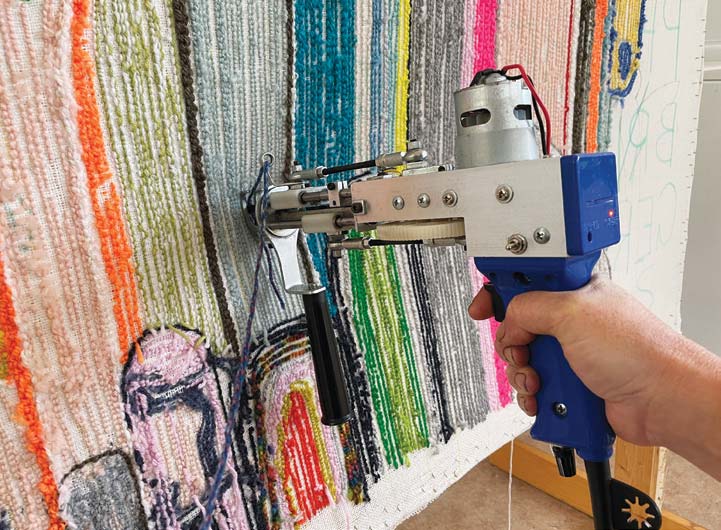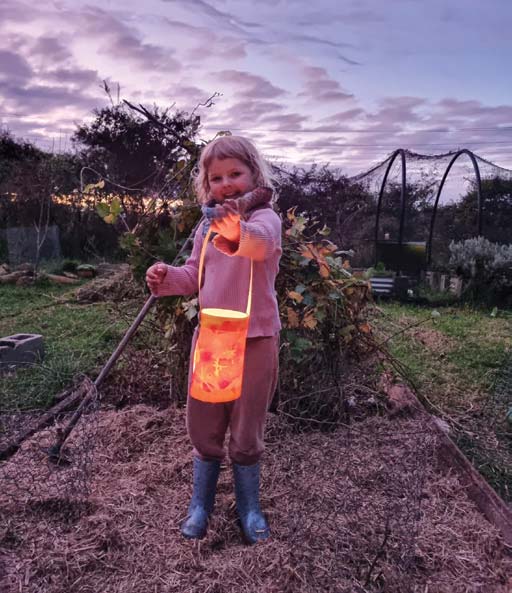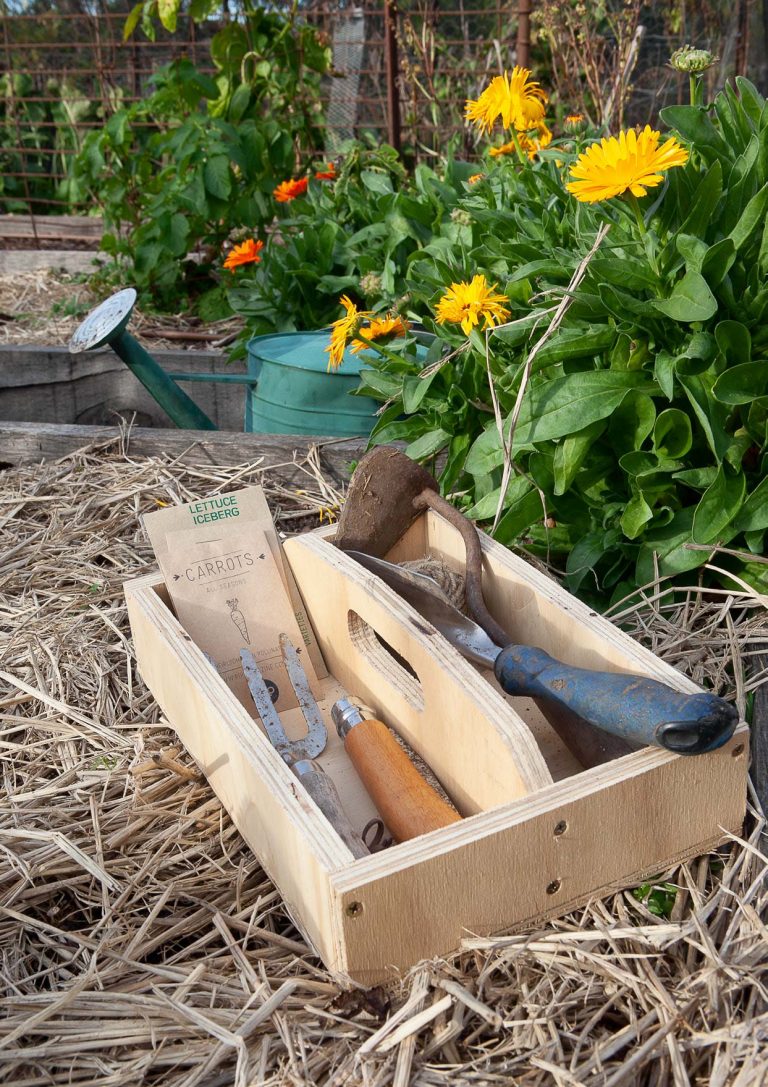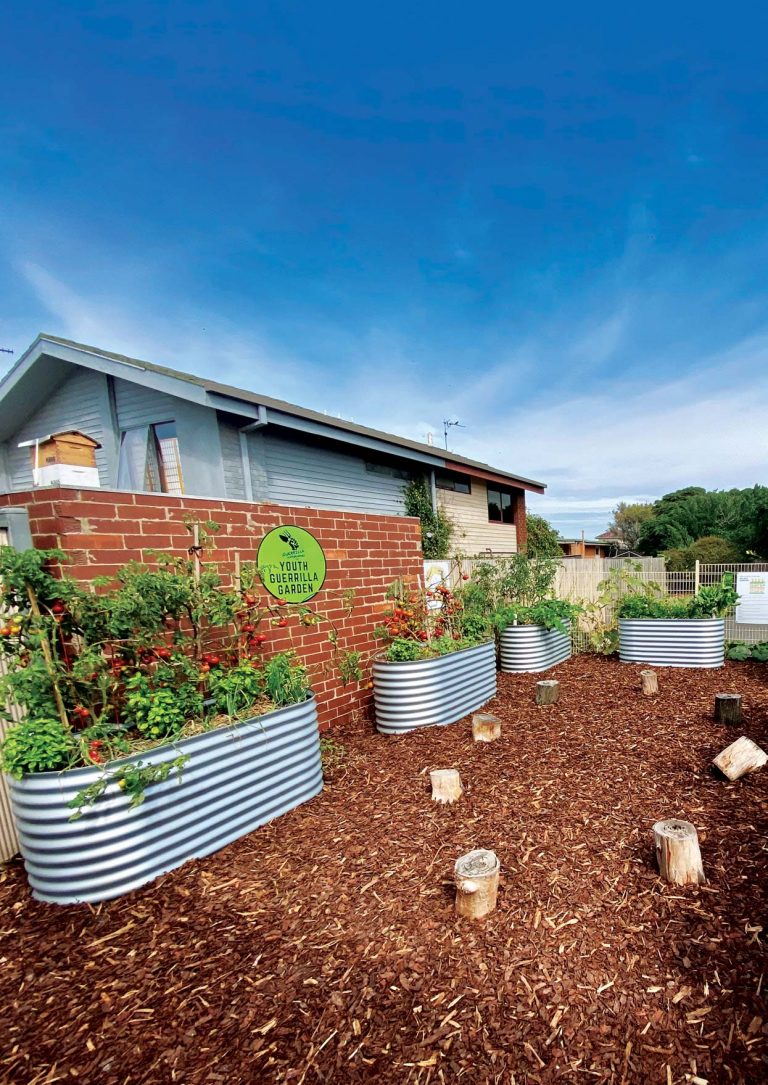Sustainable Events: Wanderer Festival

After a tough few years of bushfires and Covid-induced travel restrictions, a new major music festival will provide the NSW Sapphire Coast’s economy with a much-needed boost. And sustainability and community are high on the list of priorities.
The NSW’s Sapphire Coast will play host to a new major music festival which will have a strong focus on sustainability and community. Set to be held in Pambula over 23–25 September, the Wanderer Festival will be the first of its size in the region, with over 70 local and international acts including The Dandy Warhols, Ziggy Alberts, Sarah Blasko, The Teskey Brothers and local Indigenous choir Djinama Yilaga among many others.









